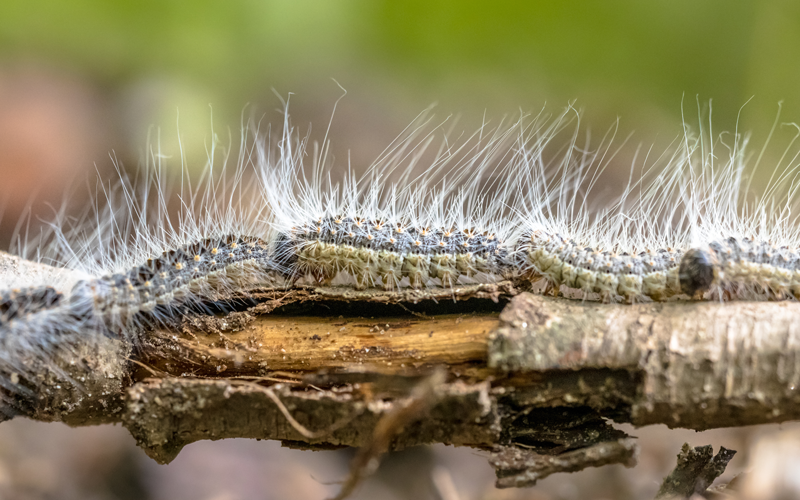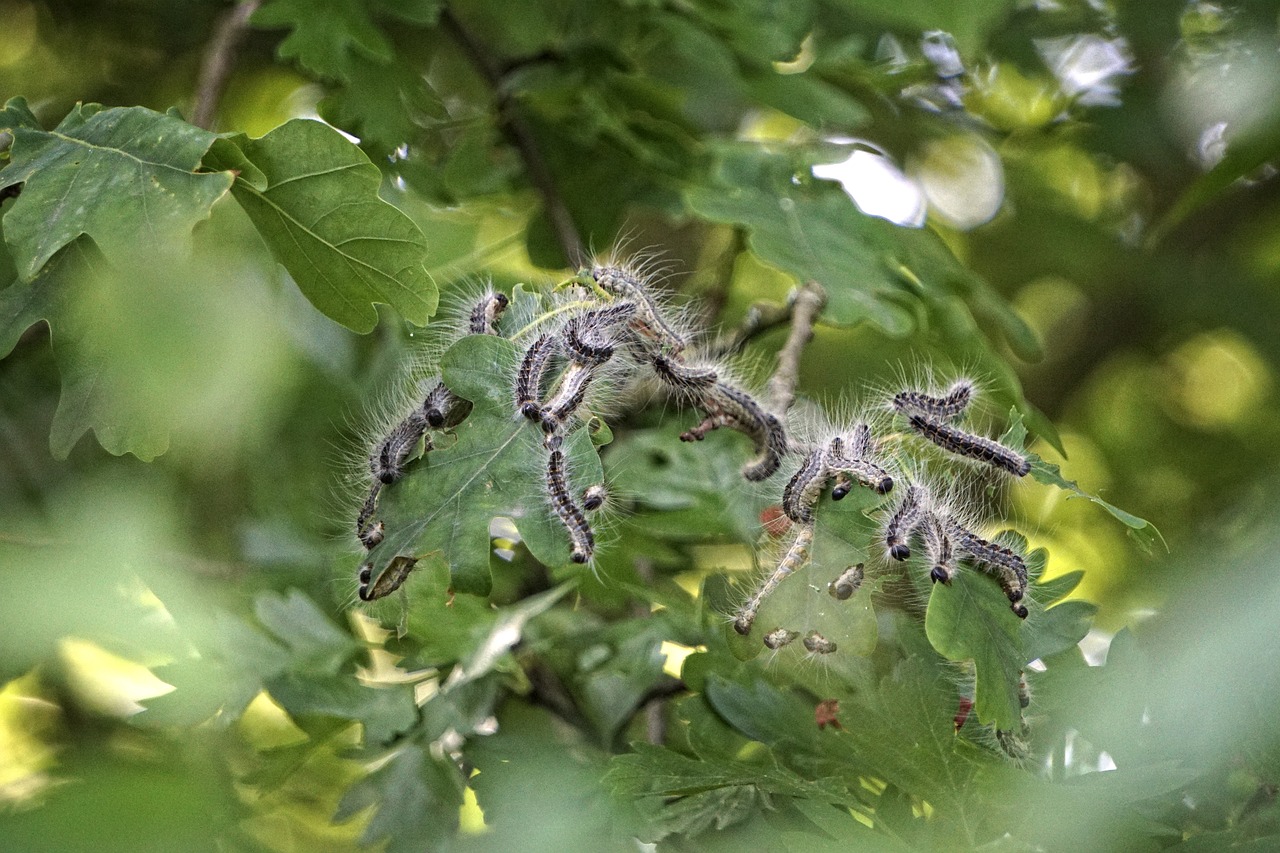
Defra issue warning ahead of OPM hatching season
The Department for Environment, food and rural affairs (Defra) has urged stakeholders who live or work in areas affected by oak processionary moth (OPM) to remain vigilant for signs of the pest. This warning comes as the pest enters the lifecycle stage where it is now likely to be present on branches and trunks of oak trees, as new nests are constructed.
Since first being discovered in London in 2006, OPM has spread throughout the South East and is now established in Greater London and many surrounding counties. During 2023 OPM was found on trees close to Milton Keynes and Bedford, as well as Aylesbury, Theale and Southampton. Historic movement records suggest OPM will be found further afield during 2024 and members of the association are urged to remain vigilant for the pest even if they are not working in London or the immediately surrounding counties.
Members who spot OPM on trees where they are working are encouraged to report this via the Forest Research Tree Alert report, using this link.

Updated legislation introduced in May 2023 aimed to curb the spread of OPM by restricting movement of large oak trees (with a girth at 1.2m above the root collar of more than 8cm) within OPM management zones.
OPM management zones are as follows:
Area free from the pest: This area is officially designated free from the pest and covers most of the country.
Buffer zone: in this area there is an annual OPM programme of surveillance and control, led by Forestry Commission. If you own an infested oak tree in the buffer zone, the Forestry Commission may issue you with a Statutory Plant Health Notice (SPHN) asking you to take action. In most cases support will be available from the Forestry Commission for treatment of trees within this zone.
Established area: This is the area where OPM is established in the South-East of England. In this area the landowner is responsible for the management of OPM on their land.
These OPM management zones are likely to be updated again in the future to reflect the wider coverage of oak processionary moth in England.
The current location of all OPM management zones and OPM interceptions can be reviewed using the following link.
Since May 2023 large oak trees have been subject to the following rules:
- No movement permitted from the established area into the buffer zone
- No movement permitted from the established area or buffer zone into a 10km exclusion zone at the outer edge of the buffer zone boundary
Movement of large oak trees within the established area, or into the established areas from the buffer zone, has been permitted provided the following two biosecurity requirements are met:
- Professional operators meet Plant Health Management Standard or can provide a ‘Ready to Plant’ approval from Fera science Ltd
- Accurate records of the contact details of those receiving large oak trees
Large oak trees are permitted to move within the buffer zone if they meet an additional two biosecurity requirements. These are:
- Applying phytosanitary treatments – Professional operators must have a robust control regime in place with appropriate application of phytosanitary treatments in line with Defra’s technical guidance. Records of all treatment applications must be kept for a minimum of 3 years.
- Post planting inspections – A proportion of high-risk large oak movements within the buffer zone will be subject to post-planting inspections by the plant health inspectors. Therefore, professional operators must disclose the potential for post-planting inspection as part of the new legislation to buyers at the time of purchase.
The biosecurity requirements will not apply if large oak trees are in transit for less than 48 hours before moving to the final planting site. However, the party responsible for planting must still record the final destination of the large oak trees for tracing purposes.
The biosecurity requirements will also not apply if the large oak trees if they have been grown throughout their entire life with complete physical protection against the introduction of OPM and have been inspected at appropriate times and found to be free.
The Association will update members regarding interceptions of OPM or renewed legislation.

